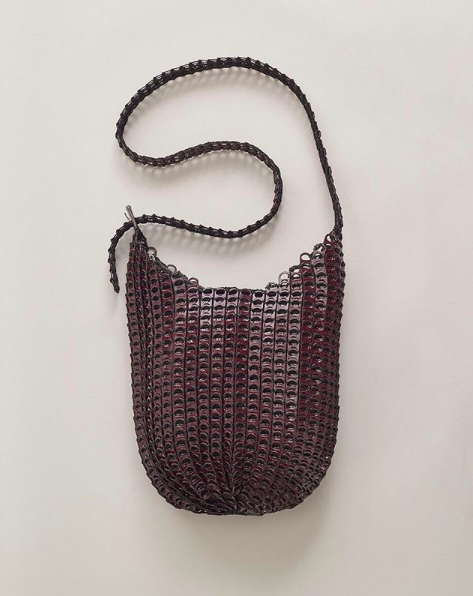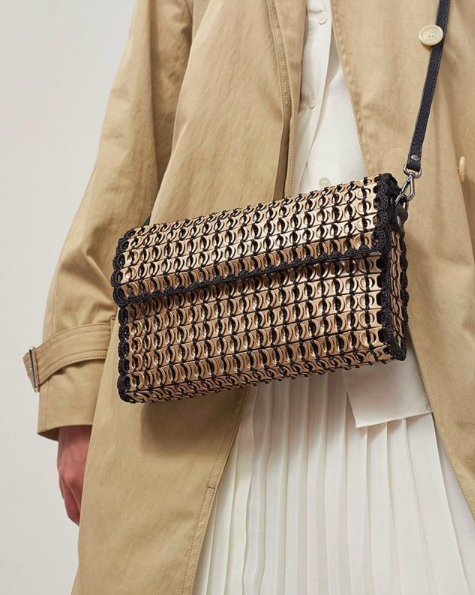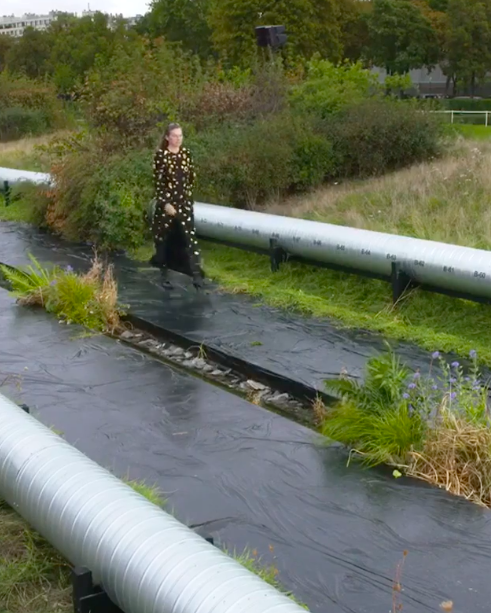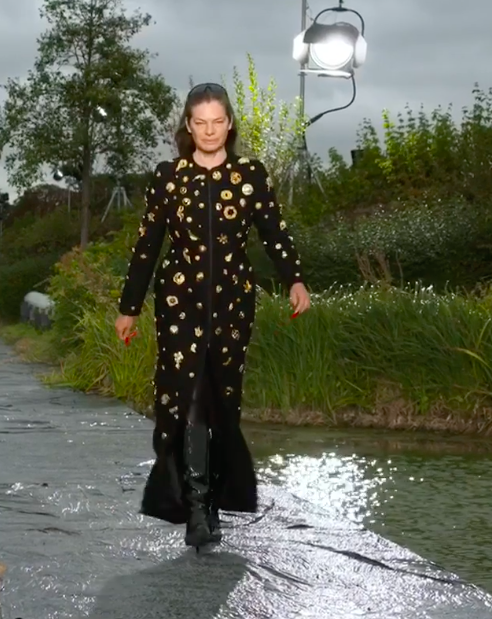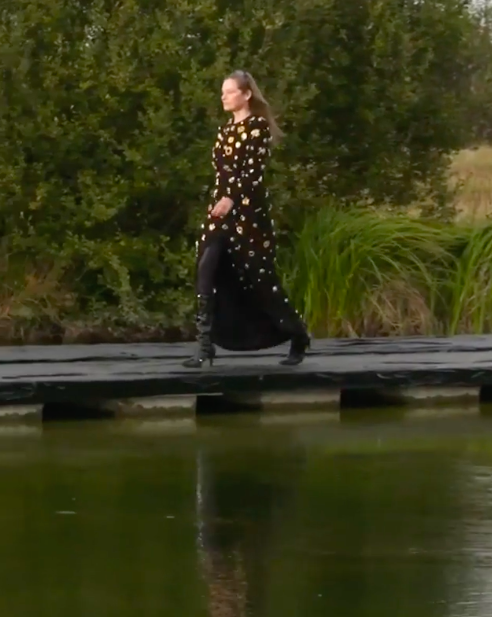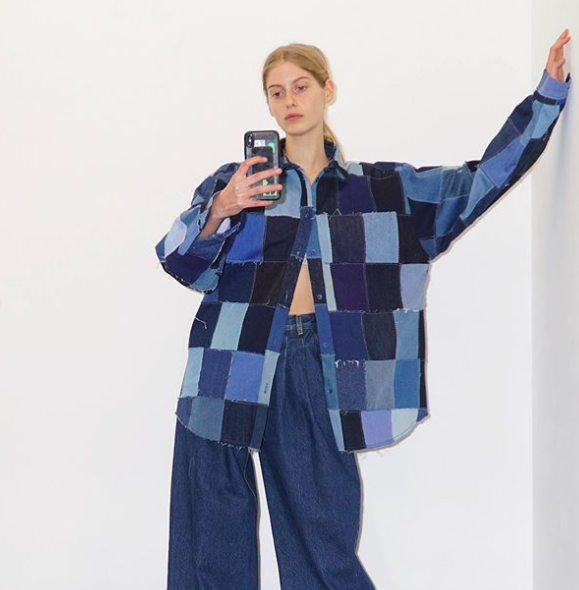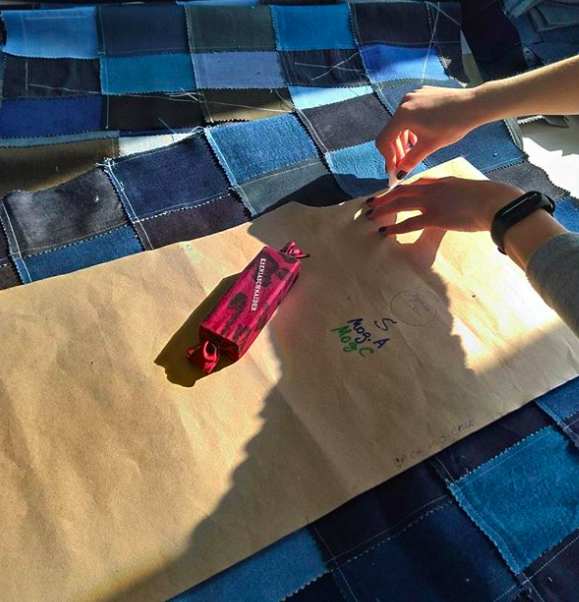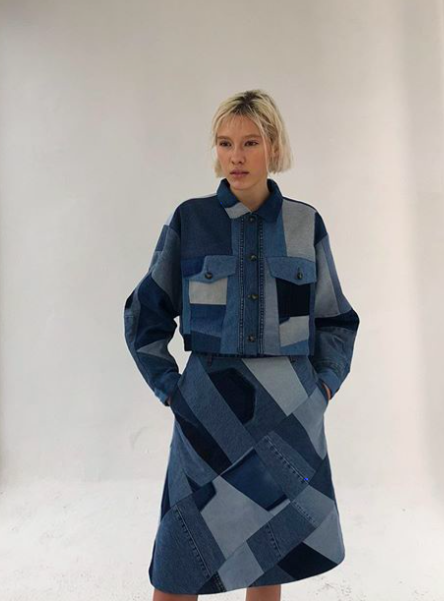Fashion Goals: The Fashion Industry Promises to Value Sustainability By 2025
Is the fashion industry growing a conscious or is it a change or be left behind scenario? Perhaps, it’s both?! Currently, the industry is facing a myriad of charges- from diverse unethical practices to severe issues of systemic pollution. According to recent data, a large and growing number of people are looking for clothes that are ethically made and have a smaller ecological footprint. So it makes sense that the industry is starting to understand that change is imminent.
The fashion industry is becoming known for excessive polluting, second only to the oil industry. The approximate numbers are shocking: About 30% of the microplastic streams spill into the sea, causing an increase in carbon dioxide, contributing directly to global warming. Up to 85% of textiles turn to junk piles each year. Polyester, a plastic fibre found in an estimated 60% of our clothing, releases three times more carbon than any other fibre and it is incapable fo breaking down, primarily responsible for the plastic polluting our oceans- harming 300 times more than carbon dioxide pollution. And it's important to be aware of the effect of our primary resources- the production of a single shirt can demand up to 270 litres of water. More? Okay… In Indonesia, chemicals from the textile industry are disposed of directly into the ocean, polluting it to a point which is resulting in the exponential growth of people with breast cancer and increasing threats to pregnant women along with complications to the placenta.
No wonder the future impact of this industry described as 'catastrophic'. We need to ask, why is this the case? Why arn't we seeing more policy developed based on these catastrophic figures? Why haven’t more responsible and forward-thinking governments initiated watchdog protocols similar to the other top pollutant industries like oil and coal? It’s hard to believe the fashion industry keeps such bad company and yet it's hard to deny.
First, we need to ask, who is responsible? Is it an issue of accountability? Are the fast-fashion and high-fashion companies responsible for excessive and unsustainable production of clothing? Between the conditions of the workers (the average salary in a textile company is 15 cents an hour) and the cheap cost and harsh conditions of the production line, we see disastrous impacts of the non-western world. The result of which is inexpensive and large quantities of clothing, which failing to be bought make their way to third world countries that produced them in the first place, such as Africa, India, Pakistan and China. Where, once there, the fabric is then burned- serving only to extend the unethical and unsustainable cycle of pollution and work conditions.
As these figures are slowly revealed, consumers are becoming more and more aware of the realities of industry consequences. But is it enough for us to make a change within ourselves or do we still need something more significant to re-educate us about smarter consumption? Are we accountable? Could the blame be on us- the consumers, for wanting more and more, not realizing the consequences of a 5$ shirt from Zara? For not asking questions? For closing our eyes and being gritty for another and another and another clothing item? One in six influencers have admitted to not wearing an outfit again once it's been on social media- begging the question, influencers, why not to use your power to teach your followers about sustainability?
“Social sustainability is about identifying and managing business impacts, both positive and negative, on people. The quality of a company’s relationships and engagement with its stakeholders is critical. Directly or indirectly, company’s affect what happens to employees, workers in the value chain, customers and local communities, and it is important to manage impacts proactively. “– UN Global Compact
So it's no surprise that slowly, many fashion brands are entering a circle of change; from production to distribution, becoming more eco-friendly. And comparatively, so are we, as consumers. The discussion, which started about sustainability began over a decade ago. Still, a real promise for change was made only in 2017, when thirty-nine major fashion brands such as H&M, Burberry, Nike, ASOS and others signed up for Textile Exchange’s “2025 Sustainable Cotton Challenge” and promised to achieve a 100% sustainable cotton production line by 2025. Will these promised changes for a more sustainable and environmentally clean production process be enough? We can only hope that these small changes will trickle down in the same we way we see the design trends trickle down the design and fashion world.
"The world would be a better place if people asked where and why something is made, and by whom." - RENYUNG HO
So how can we help? We can point you in the direction of some more sustainable brands that are making real change in the fashion world. Mara Hoffman, a New York designer and the Creative Director of her fashion house- Mara Hoffman, has transitioned her label to be as sustainably as possible by using recycled fabrics & fibres, hemp, linen, & organic cotton and sustainable packaging & branding. According to Hoffman’s website “The Company continues to focus on sustainable materials, processes, and production in order to improve and extend each garment’s life”.
Photo: Mara Hoffman Instagram account
Similarly, Stella McCartney’s Agenda from the beginning was all-around sustainability. She is not using fur or leather in her pieces. She uses natural materials such as coconut and banana shell, cashmere & ethically-sourced wool, organic cotton & recycled textiles. Stella McCartney has set a high bar when it comes to sustainability and her effort to reshape the fashion world is admirable.
Courtesy of Stella McCartney
Bottletop is a sustainable accessories brand, launched in 2002. Located on Regent Street alongside other high fashion brands, proving that a luxury brand can be sustainable and desirable: “Our Edition bags are handcrafted from Zero Deforestation leather”.
Picture Credit: Bottletop
Picture credit: People Tree Website
Another UK brand that promotes a sustainable Fair Trade fashion is People Tree. Their collections feature organic cotton and use of traditional artisan skills such as hand weaving, hand knitting, hand embroidery and hand block printing. Their primary focus was always about fair wages and working conditions for the people who make their clothes. Its fair trade certified, so you know when buying their clothes, you empower the person who made your piece and acknowledges their work.
High Fashion Brands
High fashion brands started making changes in the production of their fabrics cycles, using materials that already exist. Specifically, high fashion Italian houses Miu Miu & Prada made an announcement on Instagram declaring that no more fur was to be used, starting with their Spring/Summer 2020 collection.
Photo: Miu Miu Instagram account
Beyond these established houses, we are also seeing a new generation of designers and companies that are putting sustainability as their highest priority. Marine Serre, a past LVMH Prize-winner (receiving a 300,000 euro grant to support young fashion designers). She used the winning money to build her brand, focusing on sustainability values and upcycling essential to her clothing esthetic.
Another label of note is the Ukrainian led label by Ksenia and Anton Schnaider, Ksenia Schnaider Denim. Their approach to denim is upcycling -taking old denim and creating new denim materials and designs. “it's my daily wear; I'm a denim girl" says Ksenia about herself. “As a designer, it’s important for me to create clothing not only with organic and vintage materials but also to make them cutting-edge”.
Matter, a socially conscious Singaporean brand is a house for artisan-designer collaborations who believe that every garment has a story waiting to be told. They are eco-friendly and use natural dyes. Their main goal is connecting communities, “Our bigger dream is to mainstream textile artisanship, connecting artisans and designers to become a collective that showcases the results of those collaborations”.
Picture Credit: Matter Fashion House
So the bigger question is will the fast fashion companies join this circle of change? If you believe it, some of them already has- H&M started a few years ago the “H&M Conscious”, an organic and sustainable exclusive clothing line. At Zara you will find exclusive collections dedicated to ecology and last year the company pledged to switch to 100% sustainable fabrics by 2025. Some say green-washing, because how will they do that if their production is standing on eight collections per year. Is this the beginning for Zara, a matter of trial and error? Or, is it just lip service when they are really in need of an entire agenda change?
If you ask me, who needs so many clothes anyway? Are we that ignorant that we don't see sixteen versions of the same dress or shirt is unnecessary, let alone disastrous? Where does it end? Will these changes be enough to make a difference? Or, is it a case that we need to stop and restart the system again?
I believe we still have a chance. By buying only what we need, or a much-longed-for item, or vintage and thrifted, we can assure that our stuff will live longer. By shifting our consciousness to the type of fabrics used, and the quality of the items, its cost price relationship, we will gain a deeper understanding, save money and inevitably help to protect this world. But it's integral that we stay educated- becoming a conscious consumer is the most meaningful way to take responsibility.
And if a fashion company says, we are doing our best, and there's nothing more that we can do now, the conclusion is simple; they are not trying hard enough. But remember that it’s within our power as consumers to demand better and dictate change through the way we consume.
— — —
Click through to read more about the author Oxana Abramov Grofi and more on the topic of sustainablility in fashion.





